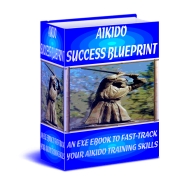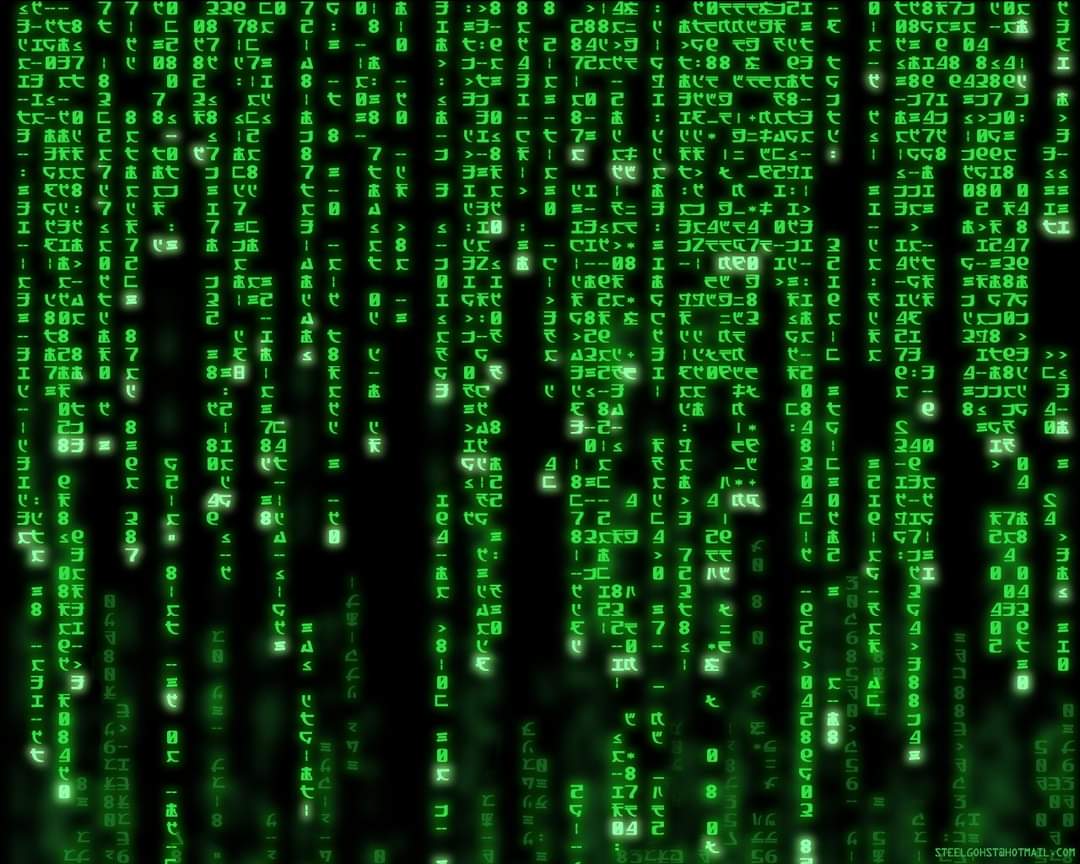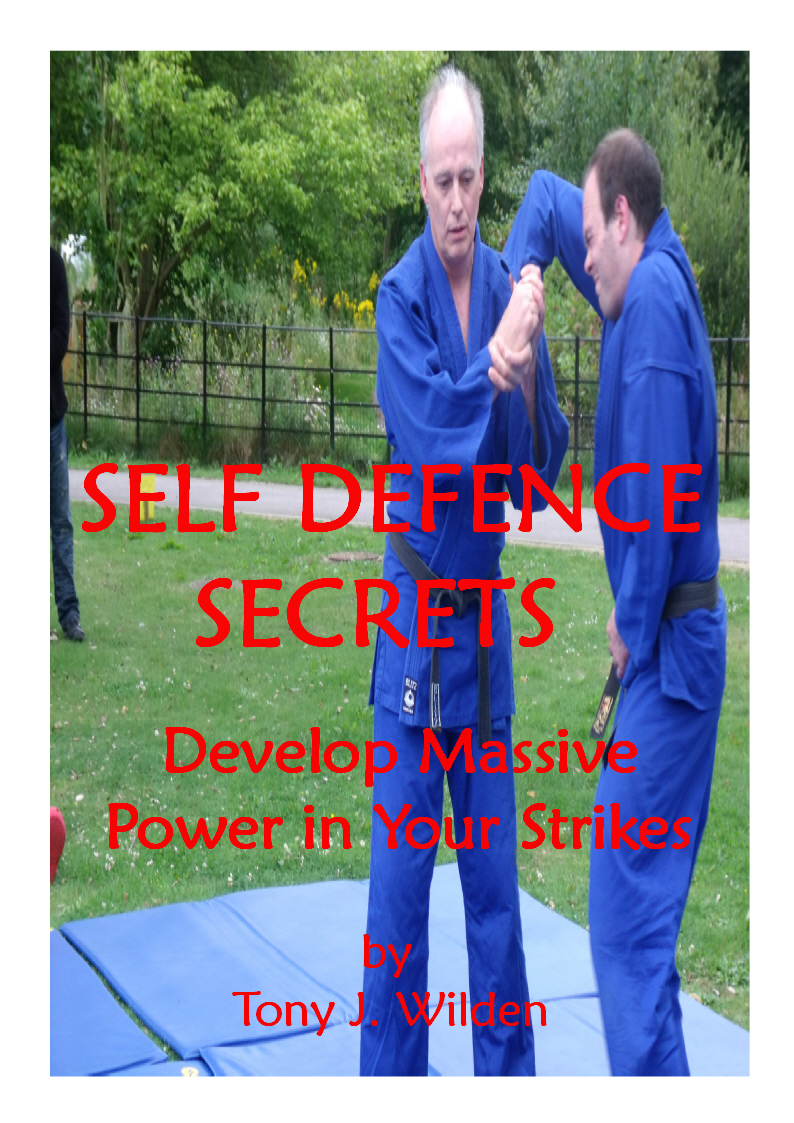Yanagi Ryu
Aiki Jujutsu Lineage
Yanagi Ryu Aiki Jujutsu was the family art of Japan’s Kotaru Yoshida Sensei who also studied Daito-Ryu Aiki-Jujutsu with Sokaku Takeda Sensei.
Kotaru’s son Kenji Yoshida Sensei, passed Yanagi-ryu on to Don Angier Sensei in the USA, who passed the art on to current Soke Jeremy Breazeale Sensei.
See our unique interview with Breazeale Sensei below...
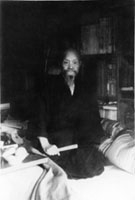
Kotaru Yoshida Sensei - Yanagi-ryu Aiki-jujutsu
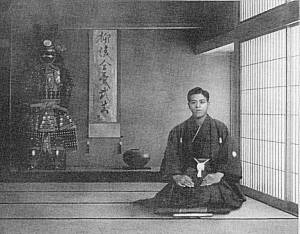
Kenji Yoshida Sensei - Yanagi-ryu Aiki-jujutsu
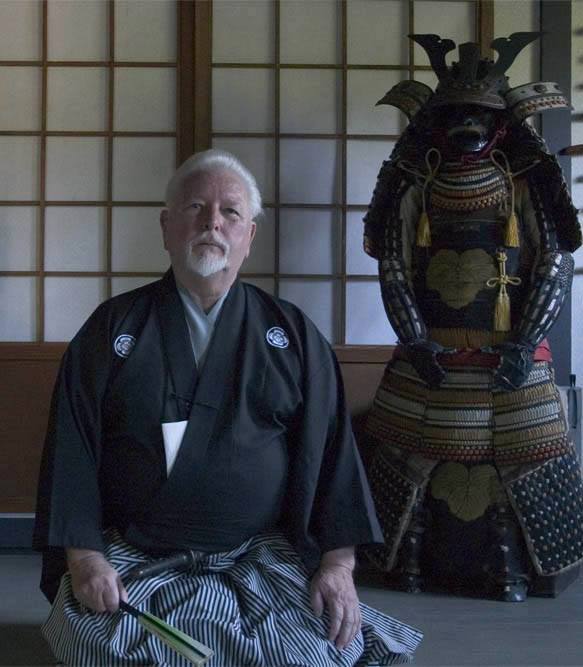
Don Angier Sensei - Yanagi-ryu Aiki-jujutsu
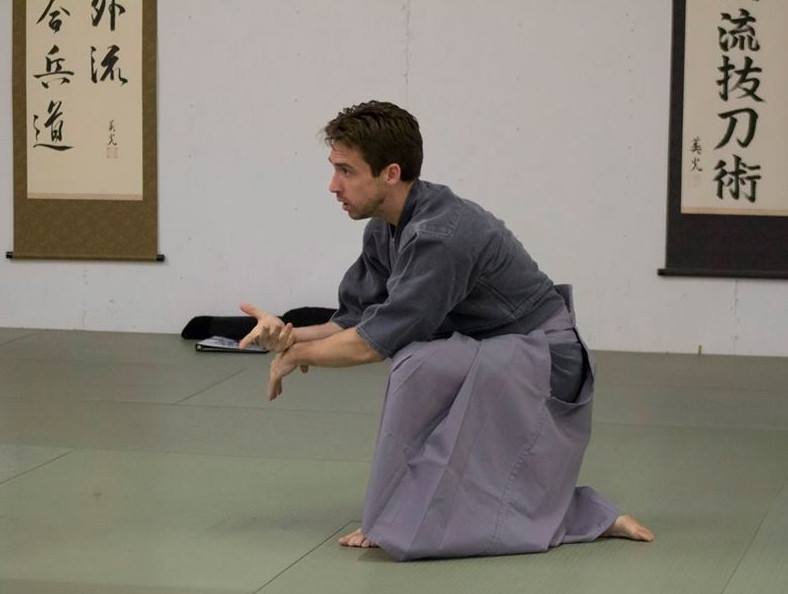
Jeremy Breazeale Sensei - Yanagi-ryu Aiki-jujutsu
Jeremy Breazeale Sensei of Yanagi Ryu
Aiki Jujutsu and His Ryushinkan
Yoshida Dojo Interviewed by Tony Wilden
We have some questions for Breazeale Sensei on Yanagi Ryu Aiki Jujutsu.
Question
What is your exact title?
Answer
As it relates to Yanagi-ryū Aiki Bugei, I inherited the role and responsibilities of Sōke in October of 2014 when Angier Sensei passed away.
There is considerable confusion about this title in the martial arts world, particularly outside of Japan, where it is sometimes used to denote a grandmaster or headmaster.
Angier Sensei said it marks me as a steward of the Yoshida family arts and that our job is to carry the material from the last generation to the next, preserving it from the past to the future, to keep the line back to the beginning unbroken.
In terms of teaching, Angier Sensei issued me an Okuden Menkyo in 2011 and that sometimes gets attached to seminar announcements. As it was with my teacher, I just go by my name (although 'Sensei' and 'sir' also get used often). The other labels have more to do with formal engagements and correspondence.
Question
When was Yanagi-Ryu Aiki-Jujutsu founded?
Answer
The earliest evidence of Yanagi-ryū Aiki Bugei as a formalized art of that name is found in a photograph of Yoshida Kenji Sensei from the 1920s. In all probability, the art was organized by that specific label before Yoshida Kotaro passed it to his son in the format Yoshida Kenji Sensei brought with him to the United States and taught to Angier Sensei in his youth.
Early on in my time with Angier Sensei, he was in contact with budo historian Yumio Nawa about investigating the history of the art. After looking at some of our techniques—both in video and in person on a trip we took to Japan in 2003—he recognized elements of the jutte and tessen from documentation he had about members of the Yoshida family teaching in the 1600s.
That is a very different thing than finding evidence of Yanagi-ryū as a system that far back, but it is interesting in terms of lineage nonetheless.
Question
Can you tell us about the lineage of Yanagi-ryu Aiki Bugei?
Answer
Oral tradition passed from Yoshida Kenji Sensei to Angier Sensei tells us that the art originated in Kyushu, the southernmost island of Japan, and began first and foremost as a school of strategy.
Yoshida Kotaro Sensei passed the system to his son who, in turn, bequeathed it to Angier Sensei before his passing in 1954.
Question
How long did you study Yanagi Ryu Aiki Jujutsu with Don Angier Sensei?
Answer
My training with Angier Sensei began in July of 2001 and continued until his passing in October of 2014.
Question
Can you describe how you were chosen as Angier Sensei’s successor?
Answer
It is as simple as that he trusted me to maintain his vision for the art. He told me as much. Angier Sensei had trouble trusting anyone and, for whatever reason, he thought he could rely on me to manage his wishes.
Now let’s just hope I don’t let him down! No, seriously, this question comes up often and it is difficult to answer if you did not know Sensei in that way. He was equal parts brilliant and odd. Mad scientist, recluse, and counselor. One of the most generous people you could ever know but then sometimes cruel as well.
When he chose me to succeed him, I was more shocked than anyone. Not only was I the youngest, and the newest, but I think I also had the least interest in responsibility of such a magnitude.
He named me Soke-Dai in 2005 and we spent the next nine years preparing and mapping out what he hoped for during my tenure as headmaster.
Question
Have you studied any other martial arts?
Answer
Yes, I began my martial arts career in the early 1980s, studying Shito-ryū Karate as my primary art. The dojo also had Judo and Kung Fu programs, and that rounded out my early education. My family moved away from that part of town and I was forced to find a closer place to train.
Advised by a family friend, I began training at Choi’s Martial Arts Academy in Portland, Oregon, where I would come to view the Karate I had been learning through a Korean lens, as opposed to the previous, Chinese one, expand on the Judo I was exposed to, and get a start in the Hapkido taught there.
It was during that time I met a man named Gary Hodge who refined my foundation in martial arts and has acted as my mentor, teacher, friend, and father figure for the last three decades and some change. He would introduce me to a number of different arts and teachers he admired.
In that way, he was instrumental in my exposure to John Clodig Sensei, with whom I began learning Yanagi-ryū Aikijujutsu, and Sifu Terry Kelsey, with whom I still train Wing Chun Gung Fu and the Filipino martial arts to this day.
Question
Where are your Hombu dojo and study groups located?
Answer
The hombu dojo is located in Jacksonville, Oregon as of the recent pandemic but we are in the process of moving to a new location now that the world has gotten somewhat back to normal. At this time we have just two official study groups: one in Toluca, Mexico led by Erick López Sensei and another in Huntsville, Alabama led by Jeff Hotchkiss Sensei.
It should be noted that Yanagi-ryū people are notorious for being reclusive. We tend not to advertise and new students are admitted to the ryū very rarely. I’ve just taken on a new closed door student this year, for example, and the last time I did that was more than a decade ago.
Some of that is a function of what I am looking for in a student and some of it is due to the level of commitment required by both me and the student in question.
Question
Can you tell us about the sojutsu of your lineage?
Answer
Ten’ei-shiki Sojutsu, which Angier Sensei organized in the last years of his life, is based on the spear techniques taught to him by Yoshida Sensei in his youth. As students of Yanagi-ryū Aiki Bugei, we all learned yari techniques as part of the kenjutsu syllabus, for cases where a spearman attacks the swordsman.
There are about a dozen of these waza, depending on how you count them. Then there are some vestigial spear elements found in the jojutsu kata as well. Sensei decided that the spear had become weak and needed refining.
To that end, he devised two long kata which encapsulated the work of his teacher and then also considered what he had learned about swordplay during his career at a deeper level. He was effectively trying to kill a Yanagi-ryū swordsman with a spear.
The original idea was to improve the training methods for our sojutsu but, after the work was finished, he told me the spear was not Yanagi-ryū anymore but rather something different.
It was not until after his passing that I began sharing the sojutsu material with my students and discovered that it was quite a bit deeper than I realized when I was learning it.
Question
Can you tell us about your class training format?
Answer
We follow a strict kata format in which body mechanics and counter offensive strategy are paramount. There is an emphasis placed on how to properly receive force into the body and then ultimately redirect it through the opponent.
From the kata, movement sequences can be isolated into drills to practice solo or with a partner. Each kata is meant to expose the students to a set of principles in a specific context. Angier Sensei would sometimes choose kata that were in the same range of themes or, other times, those which had similar outcomes but contrasting execution.
In the former, you were learning the similarities; in the latter he was highlighting the differences between things which appeared similar from the outside but were not. With that in mind, class begins and ends with kata but there are waza and drills born from that throughout the process.
Question
Would you tell us about your weapons training format?
Answer
The same kata format is followed. Yanagi-ryū makes very little distinction between weapons training and unarmed practice. Even in the case of techniques where no weapons are used by either combatant, the fundamental mechanics are born of weapon exchanges and also exist within an edged weapon construct.
Aikijujutsu is a rare art and, because of so many seminars with Angier Sensei where that was a focus, it has become what most people associate Yanagi-ryū with over time. It is, however, just one of the constituent jutsu of the system.
The formal name of the art is Yanagi-ryū Aiki Bugei, and the aiki is expressed not just to the jujutsu portion of the curriculum but to the other aspects as well. Seven of the eight jutsu that make Yanagi-ryū are framed around armed enounters—that informs the jujutsu training a great deal.
Question
Do you practice any solo drills to develop Aiki skills?
Answer
We have numerous solo kata which are meant to develop the body as it relates to application. Whether that equates to what folks might refer to as aiki in their own arts, I cannot say. The various kata we practice—and the exercises associated with them—are focused on relaxation, breathing, skeletal alignment, complementary movement, posture, and a kind of subtlety in execution which conceals your intent from the opponent.
The coordination of all these things are, in my way of thinking, prerequisites to the attainment of aiki as a skill. Angier Sensei used to say that you cannot perform aiki on a chair, or a bag of rice, because it requires the senses, a psyche, to be applied. He had a gift for summing things up in terms that were easy to digest, and I think that is a great example.
Question
Can you tell us about any other advanced training skills?
Answer
There are no real advanced training skills. At least not in my way of thinking. Instead, there is a refinement of the most fundamental things. An advanced expression or application of the basics.
Think of it as depth, rather than scope. That said, there is a progression that might be viewed through the lens of simpler techniques ranging toward the more complex but it is tailored to the student, their capabilities and needs.
We have a set of eight kumi tachi which are better learned toward the far end of the kenjutsu syllabus rather than earlier on but the way of things in Yanagi-ryū is far less linear than that. If you have ever seen the Yanagi-ryū mon, you’ll note that it has eight interlocking circles.
Angier Sensei told me that is the best representation of the curriculum and the path through it. With each of the major circles being one of the jutsu that make up the art.
Question
Is there anything else you would like to tell us about Yanagi-Ryu Aiki-Jujutsu?
Answer
The art is meant to function primarily as a school of strategy. In the old days, as told to Angier Sensei by Yoshida Kenji Sensei, the principles were demonstrated using battlefield maps and carved cursors.
Over time, the Yoshida family began demonstrating those same concepts using the body of the practitioner as a map of sorts. Instead of moving representative flags or stones from one region to another on the table, leaving one to hold ground and another to advance, students of the art would, for example, leave the wrist bone in place and orbit the elbow around it to demonstrate the same idea. This is an interesting evolution, because a rolled out piece of parchment has just two dimensions to work with.
Stay tuned, as we have many more questions for Jeremy Breazeale Sensei about the amazing art of Yanagi Ryu Aiki Jujutsu that will be answered soon!
We would like to thank Jeremy Breazeale Sensei for his time and revealing answers about Yanagi-Ryu Aiki-Jujutsu. We hope this will encourage our visitors to seek a dojo and begin their training in this fascinating Aiki art.
Has this page been useful to YOU? It may benefit other people too! Please go ahead and pass it on - Share via the Link Bar below - many thanks!
Sick of the Elite Control System? Unplug from the Matrix Now!
We Are The Shield a national volunteer powered movement, working across the UK to prevent harm before it happens. Street patrols, trained volunteers, and community support for vulnerable woman and children - Click to Get Involved!


